Making a juniper short bow from a rough and rotten stave, for challenge and practice. In the end it was one of the prettiest staves I’ve ever worked. The bow draws 30# at 24″ and is unbacked with a chased ring back. There were some major drying checks in the stave I wasn’t able to get rid of by wood removal, so I decided to leave them in the bow and shoot for a lower draw weight.
The stave has a few inches of natural deflex, which is normally a disadvantage but gave me some extra margin for error I really needed. Most species of wood are perishable and not suitable for bow making use after exposure to decay. Some of the few exceptions are Osage, Yew, Locust, and Juniper.
In the end I got a fun snap shooter perfect for indoor shooting in my shop range. My other projects were all in a drying stage, so it was great to fit in a quick bow from my favorite wood to work. A few days later and the shop still smells like cedar.
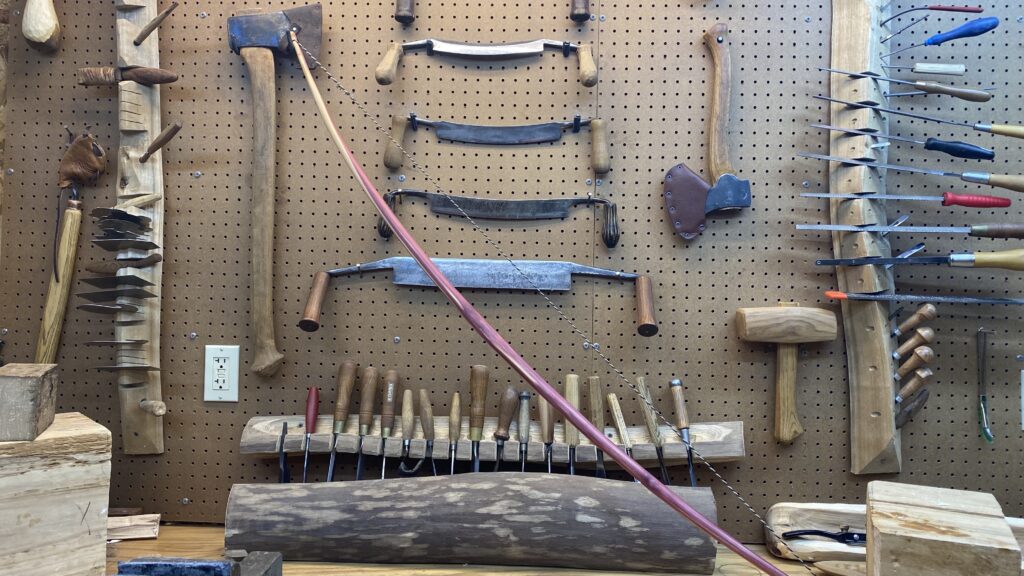

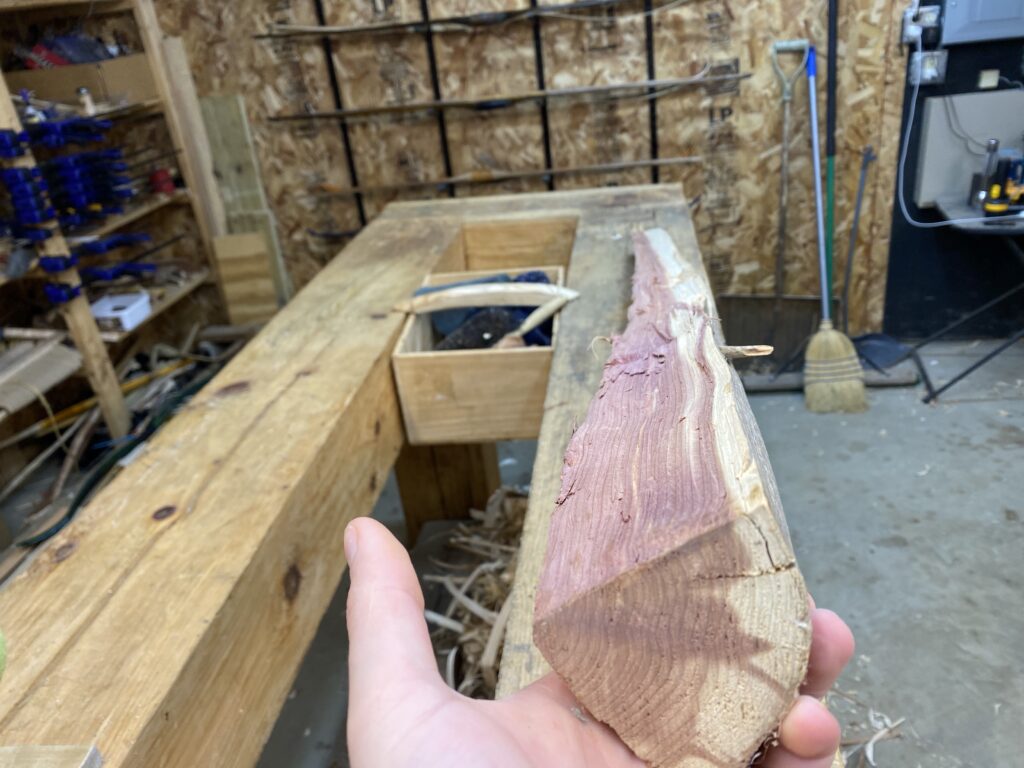
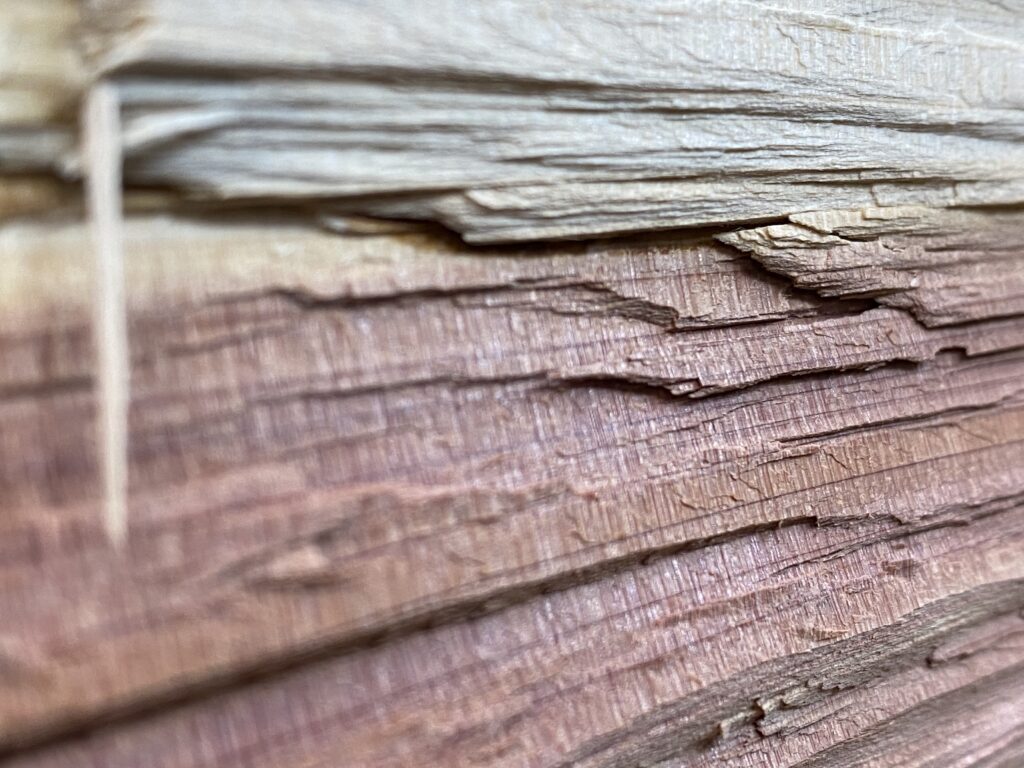

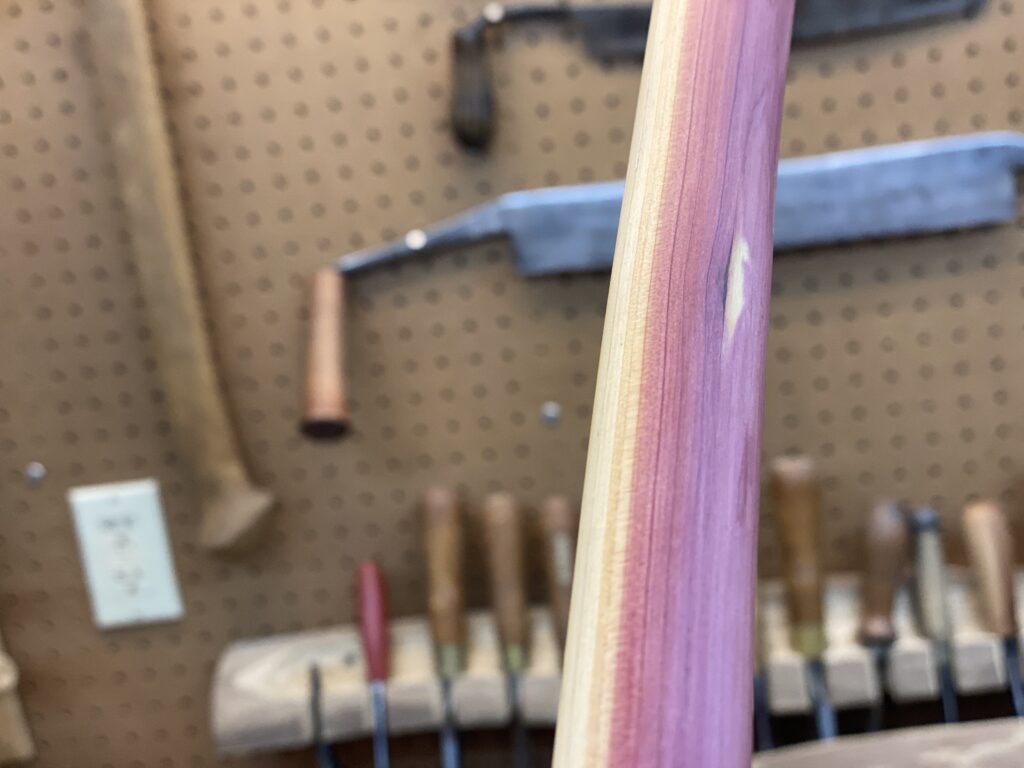



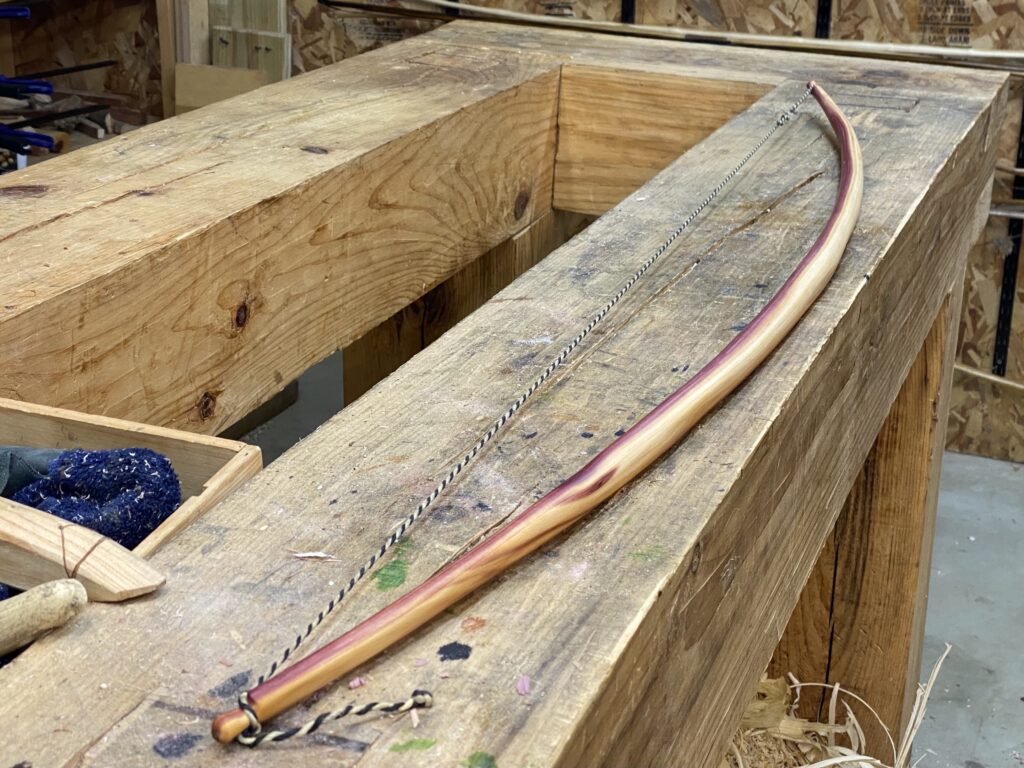
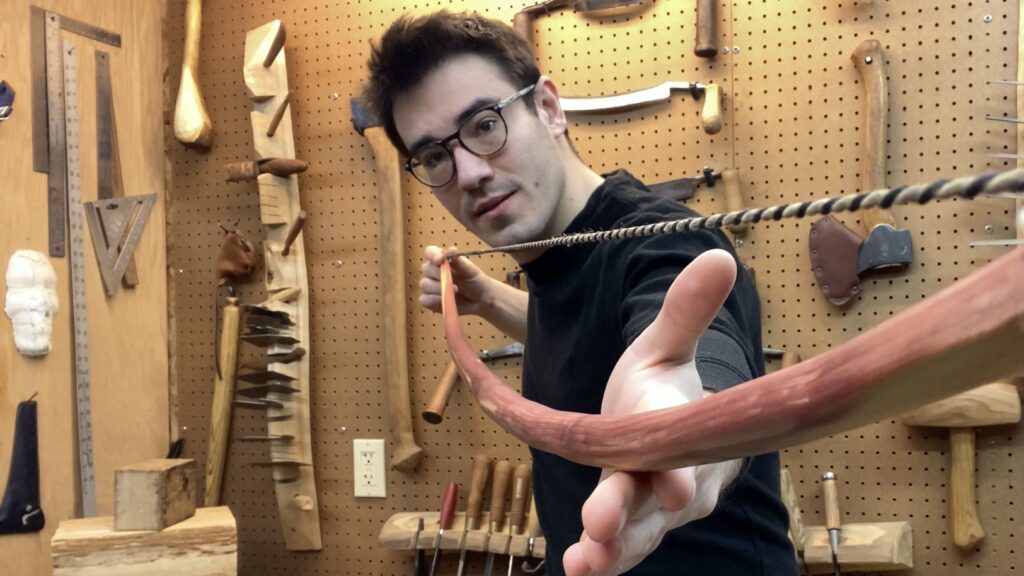
Anonymous
That is gorgeous! I’ve heard juniper is rated poorly as a bow-wood, but it was one of the more commonly-used materials for bows in parts of western N. America, where other better trees aren’t as abundant. It’s hard to find a decent juniper stave however, because they’re so often very twisty (and so many of the straightest junipers have ended up as fence posts!)
Nice work!
Jerry Watkins
Looks like you decided to leave some sapwood for the back. I was just earlier today thinking of making a Juniper bow and wasn’t sure if I needed to chase the rings down to heartwood. I like to make short horse bows for mounted archery. Juniper is plentiful here in Oregon and since the indigenous cultures here used Juniper I thought it would be fun to do. Do you have any knowledge about the properties of Juniper sapwood? Do I need to worry about it? I usually keep my bows down to 52″ or less.
dansantanabows
You can use all sapwood, all heartwood, or any combo in between. If it’s possible to chase a growth ring or use the underbark surface for the back those options are best, although it’s also common to lightly violate the back as is done with yew.
Juniper also plays very well with rawhide backing or sinew